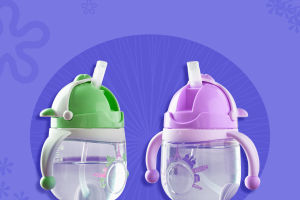A seaplane is an aircraft that can take off, land and park on water, referred to as a seaplane. Mainly used for maritime patrol, anti-submarine, rescue and sports, tourism, commuting, aerial photography, etc.
What is its design principle?
The reason why the seaplane can adapt to the two different environments of water and air is inseparable from its special design.
Let's say it's a boat, but like a plane it has a fuselage, wings and tail, propellers and landing gear. If it's an airplane, but its fuselage is a massive hull in the shape of an axe blade.
This unique characteristic makes it a true "all-rounder".
Seaplane performance:
1. Hydrostatic performance.
The characteristics of seaplanes in stationary and low-speed motion states such as mooring, towing, floating, and sailing on the water surface mainly include buoyancy, static stability, anti-settling and slewing.
2. Floatability.
The ability to remain afloat on the water. When the seaplane is parked on the water and sailing, the resultant force of the hydrostatic pressure on the water surface is also called buoyancy.
3. Static stability.
The ability of the seaplane to return to its initial state after the seaplane loses its balance and tilts without external force.
Static stability includes vertical and horizontal. Support pontoons under the wings of the hull seaplane are designed to increase lateral stability.
4. Anti-settling.
There are several watertight compartments in the hull of the seaplane, the number and space of which are determined by the usage requirements. The seaplane is still buoyant enough not to sink after several watertight compartments are damaged.
The first aircraft to take off from water was built by the Wazin brothers, famous early French pilots and aircraft designers. There are buoys under the fuselage.
The advantage of seaplane is that the flight height is 600 meters to 800 meters, which saves time, labor and economy, and fills the gap of low-altitude three-dimensional transportation.
But seaplanes are in direct contact with sea water and take more time than shore-based aircraft in terms of corrosion resistance and maintenance.
As a new mode of transportation and tourism products, seaplanes have huge market potential.


